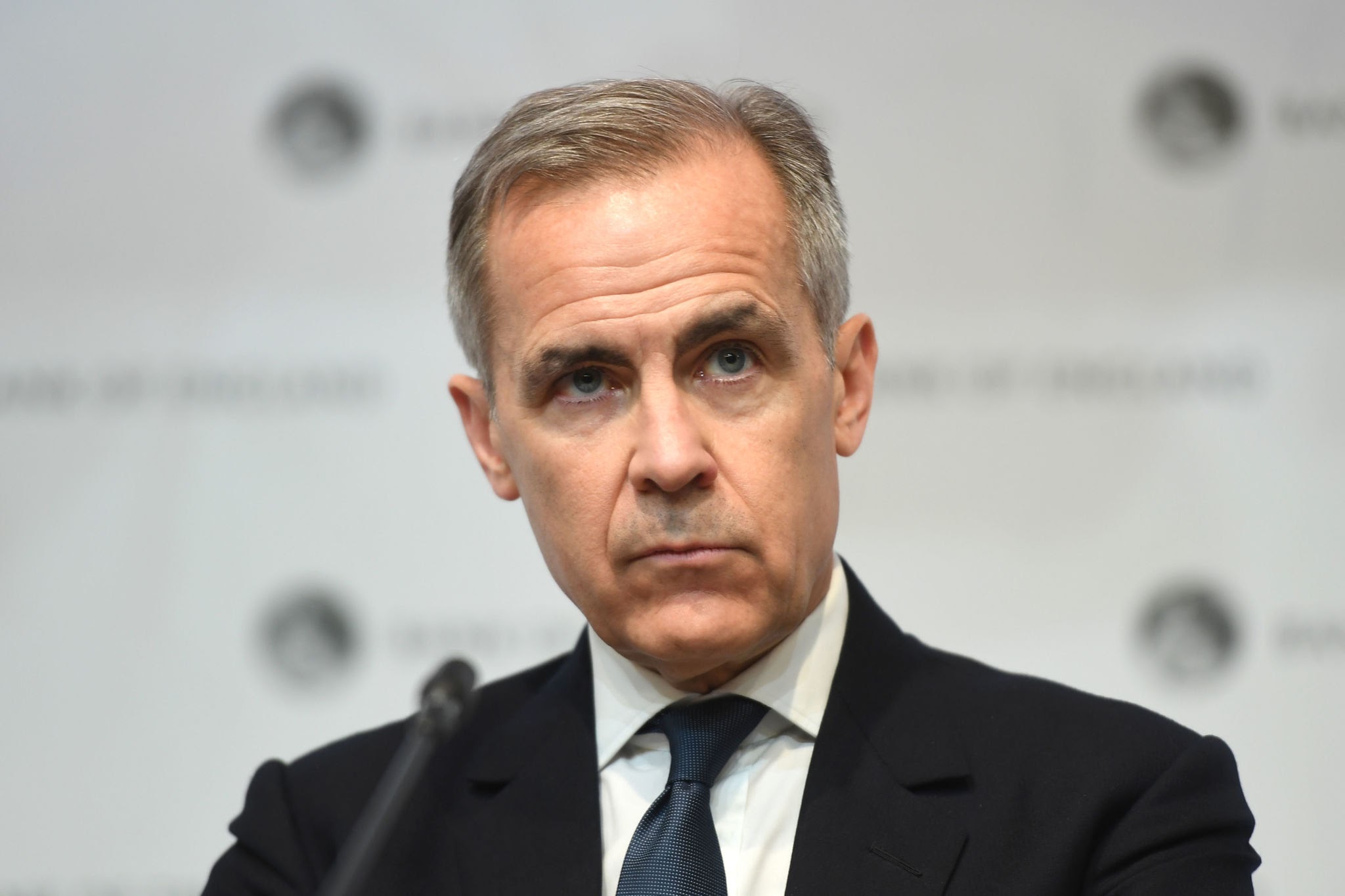Ottawa sets debt glidepath amid weak growth
Investors focus on Ottawa’s plan as CAD=X averages ~1.40 and 10-year Canada hovers near 3.1%; credible debt glidepath and housing execution could tighten spreads while EWC and CL=F frame equity and terms-of-trade risk into 2026.

The Prime Minister’s advisory elevates today’s economic plan speech to a market-relevant signal on Canada’s fiscal stance at a fragile point in the cycle. Real GDP contracted 0.4% quarter-on-quarter in Q2 2025 after a 0.5% expansion in Q1, equivalent to a 1.6% annualised decline. Labour slack remains elevated with the unemployment rate holding at 7.1% in September and the employment rate at 60.6%. Disinflation has re-anchored headline CPI at 2.4% year on year in September, while core measures hover closer to 2.5%–3.0%.
The Bank of Canada cut the policy rate to 2.50% on 17 September 2025, and benchmark 10-year Government of Canada yields traded around 3.05%–3.12% in mid-October. USD/CAD has averaged roughly 1.40 in October, reflecting risk sentiment and rate differentials as well as terms-of-trade dynamics tied to crude (CL=F).
Policy transmission hinges on three mechanisms: debt sustainability guidance, supply-side execution, and housing capacity. Federal borrowing costs are structurally higher than the 2010s baseline; each 100-basis-point parallel shift in the curve adds several billions of dollars to annual interest expense, compressing room for broad transfers. A credible glidepath to a declining debt-to-GDP ratio beginning FY2026/27 would cap term premia and reduce mortgage-rate pass-through. The housing channel remains the most immediate inflation lever. August housing starts printed 245,791 SAAR, down 16% month-on-month, while the six-month trend rose to 267,259, highlighting a mismatch between cyclical momentum and underlying demand. A programme that accelerates permits, unlocks serviced land, and phases immigration to construction capacity would stabilise shelter inflation and raise completions without reigniting price pressure.
Competitiveness and productivity frame the medium-term growth ceiling. Output per hour has underperformed the U.S. for much of the past decade, and business investment remains sensitive to policy clarity on depreciation allowances, grid build-out, and project approvals. Time-bound capital-cost allowances, streamlined approvals for energy and industrial infrastructure, and a targeted R&D credit can lift capital deepening and nudge potential growth toward 2%. Without these measures, unit labour costs will stay elevated and compress margins in non-resource sectors, prolonging a sub-2% growth trajectory even as inflation normalises.
Markets will price the speech through duration, currency, and equity beta. On duration, explicit primary-balance targets and a dated debt ratio glidepath could press 10-year Canada yields below the recent 3.1% area relative to U.S. Treasuries, tightening the spread and easing private borrowing costs. On FX, CAD=X remains highly sensitive to rate differentials and commodities; fiscal consolidation that preserves rating strength would support currency resilience alongside stable oil. On equities, Canada’s sector mix—financials, energy, industrials—benefits from lower real rates and faster permitting. EWC is the global proxy for this beta. Guardrails on programme growth are essential to avoid crowding out private capex while credit appetite remains fragile.
Peer positioning within the G7 contextualises capital-flow sensitivity. Canada’s debt ratio sits below the U.S. and France but above Australia; holding that relative rank sustains cross-border demand for CAD assets and keeps reserve adequacy comfortable. With the policy rate already at 2.50%, fiscal signalling becomes the marginal stabiliser: discipline that shifts from broad consumption support to supply-side execution would raise non-inflationary growth and reduce reliance on monetary easing to hit the 2% target midpoint.
The forward test is explicit and time-bound. By mid-2026, headline CPI should average near 2.2% within the 1%–3% band; the federal debt ratio should be on a visible glidepath below 43% by FY2026/27; 10-year Canada yields should remain at or below 3.25% if consolidation is credible; housing completions should exceed population-adjusted household formation by at least 50,000 units over four quarters; and labour-productivity growth should turn positive year-on-year. If these indicators hold, today’s communications will mark a pivot from tactical affordability measures to a framework that stabilises borrowing costs, steadies the currency, and rebuilds Canada’s growth engine on productivity rather than fiscal impulse.





